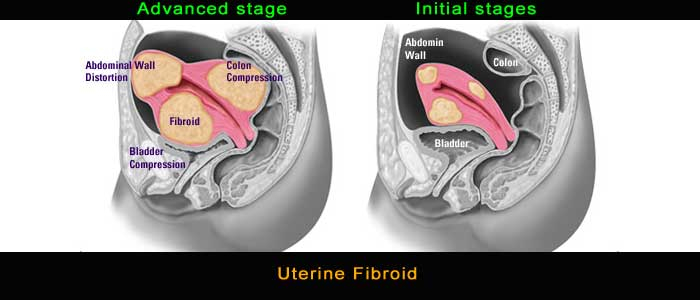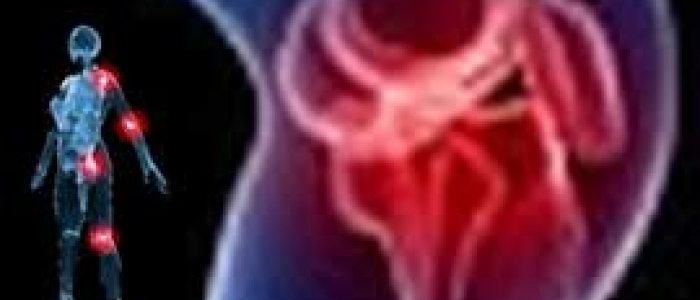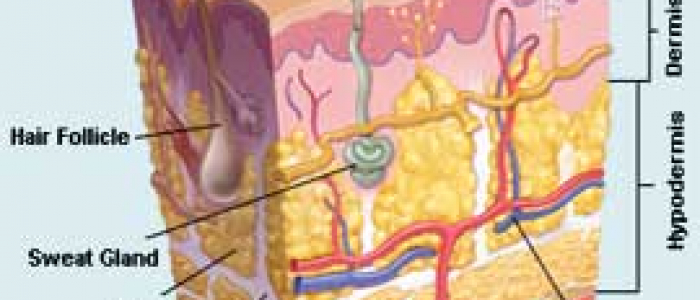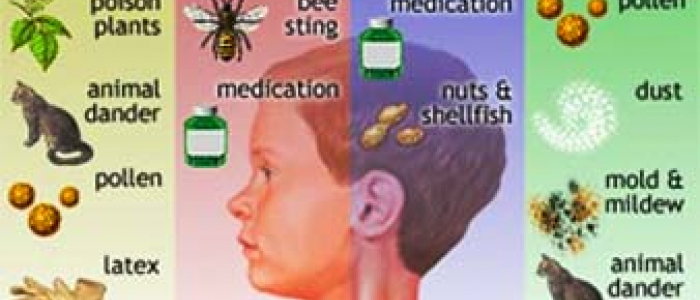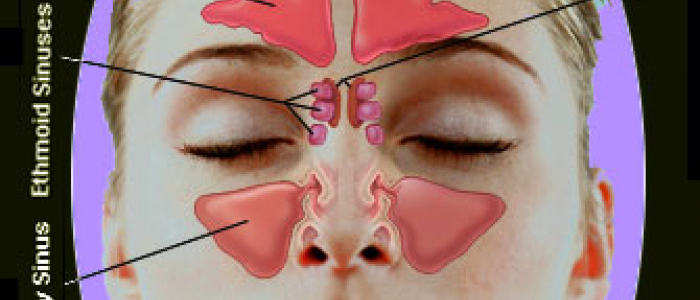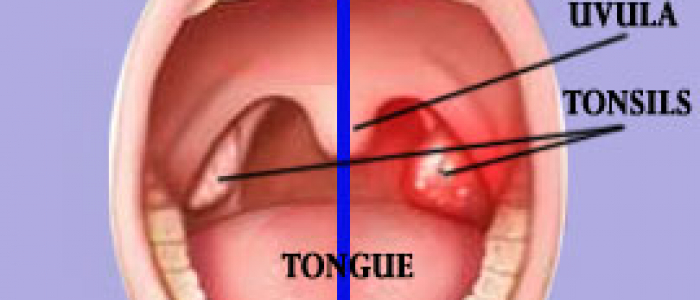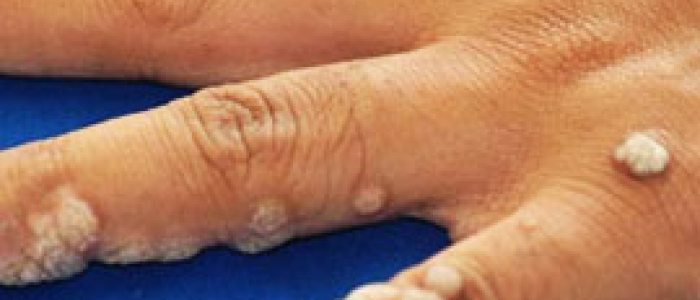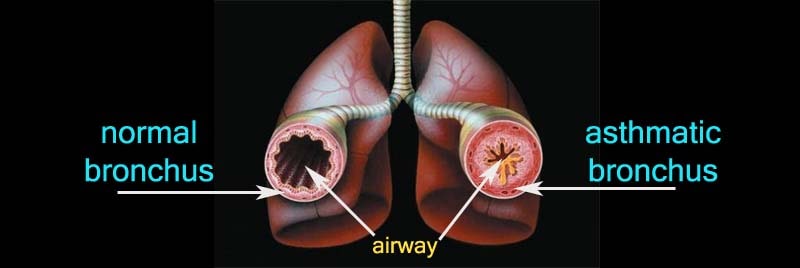
The word 'asthma' is derived from the Greek meaning ' panting' or 'labored breathing'. Asthma, as defined by World Health Organization, is a chronic disease characterized by recurrent attacks of breathlessness and wheezing, which vary in severity and frequency from person to person.
Symptoms may occur several times in a day or week in affected individuals, and for some people become worse during physical activity or at night.Asthma affects 300 million people, and in 2005 alone, 255,000 people have died because of asthma.
Types of Asthma
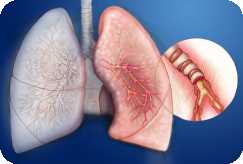
According to the etiology, bronchial asthma is divided in the following groups:
- Allergic (extrinsic/ atopic) - This type of asthma usually starts in childhood and is often preceded by eczema. But most of the young adults (<35 yrs) developing asthma also fall in this category. Genetic factors also play a significant role i this. In this type of asthma the allergen leads to production of excessive (IgE) immunoglobulins.
- Infective or Intrinsic - This is not hereditary or allergic, but may be caused by, or at least associated with upper respiratory tract or bronchial infection which is usually viral.
- Psychological factors (like anxiety, emotional stress etc) are often considered to be the sole cause of some asthmatic attacks, but it is still not certain whether it can be the sole cause or is only a precipitating factor.
- Occupational asthma - This can occur in certain industries in which there is exposure to metallic dusts (esp. platinum salts), biological detergents, toluene diisocyanate, polyurethane, flour and dust from grains etc.
Causes and Triggers
An asthma attack can be triggered my one or more of the following, and can vary from one person to another
- indoor allergens, like house dust mites in bedding, carpets and stuffed furniture, pollution and pet dander
- outdoor allergens, such as pollens and molds, fine sand or soil
- cigarette and tobacco smoke

- steam some food being cooked
- chemical irritants in the workplace
- air pollution
- weather, like rain or cold air
- strong emotional stress like extreme anger or fear
- physical activity
- specific food, like eggs, chicken or fish
- some medication, like aspirin or those that are used to treat high blood pressure
Effect
What ever may be the cause, it ultimately leads to paroxysms of bronchial obstruction produced by widespread bronchial spasm accentuated by plugging of the bronchi with excessive mucus. During the attack, the air passages becomes swollen, producing more mucus and contractions, thus reducing the flow of air into and out of the lungs and creating a whistling sound.
Signs and symptoms
- Recurrent episode of paroxysmal dyspnoea (difficulty in breathing)
- The breathing is laboured, with a wheezing sound, mainly on expiration.
- Asthma attacks often occur in the early hours of morning (when there is no immediate precipitating cause). During the attack patients often prefers to sit then lie down.
Diagnosis
Diagnosis can usually be made clinically by a competent doctor. Allergen sensitivity tests, X-ray, spirometry, sputum and blood tests etc may be of use in finding the cause and severity of the condition.
What to differenciate from ?
- Bronchitis
- Cardiac asthma
- Renal asthma
- Isolated attacks of non-paroxysmal dyspnoea.
Complications
Apart from chronicity, usually no complications.
Pneumothorax, emphysema, or areas of consolidation or pulmonary collapse may occur in very advanced cases.
Treatment
General Approach - Homeopathy is the only system of medicine which tries to 'cure' this disease, instead of trying to provide symptomatic relief. While dealing with a case of asthma, a homeopath not only records the symptoms of the disease but also studies the medical history, family history, physical and psychological characteristics of a person. This helps to find the cause, the precipitating factors, and the hereditary tendency etc. Of special interest to a homeopath is the history of suppression of skin disease. Homeopaths believe that when there is a tendency or predisposition for a disease - it first manifests on the less vital organs, towards the periphery (like skin). If this manifestation is suppressed than the disease shifts inwards, towards the more vital organs (like lungs, heart, brain etc).
The fact that in children asthma is often preceded by eczema is observed by the allopaths also. This fact is written in all their textbooks of medicine. They say that children often 'move-out' of eczema and 'move-into' asthma. But they are unable to make a correlation. Homeopaths believe that the suppression of eczema with topical preparations, does not cure the disease/sensitivity of the person, it merely drives it inwards.
Now after ascertaining the symptoms and the cause, the homeopath tries to find a medicine which matches the symptoms as well as the general characteristics of the person. The medicine so selected is administered to the patient.
It is often (not necessarily) observed by homeopaths that when a right medicine is given, the asthma disappears but the old eczema (if it was there originally) reappears for some time, before finally disappearing itself. This reappearance of old symptoms is seen as a reversal of disease process and is considered a very good prognostic sign by homeopaths.
MEDICINES - There are lots of medicines in homeopathy for asthma and it is not possible to list them all here. Some of the common medicines are ars-alb, ipecac, lachesis, pulsatilla, spongia, sulphur, ignatia, antim-tart, hepar-sulph, nat-sulph, tuberculinum etc. The selection of medicine varies from patient to patient.
Conventional treatment
Bronchodilators, anti-allergic drugs, and corticosteroids are commonly used to provide symptomatic relief.
What else can be done ?
LIFESTYLE AND ACCESSORY MANAGEMENT
- Avoid the allergen you are sensitive to.
- Do regular light exercise like brisk walking or jogging. Heavy exercise can precipitate an attack of asthma, so always do mild exercise without putting too much strain on your body.
- Learn breathing exercises to improve your lung capacity. Of especial use is 'pranayam', a yoga exercise.
- Learn some stress relieving exercises, meditation, or yoga to minimize the psychological factors related to disease.
- Eat healthy, nourishing and well balanced diet.
Read also :: Avoid an Asthma Emergency



